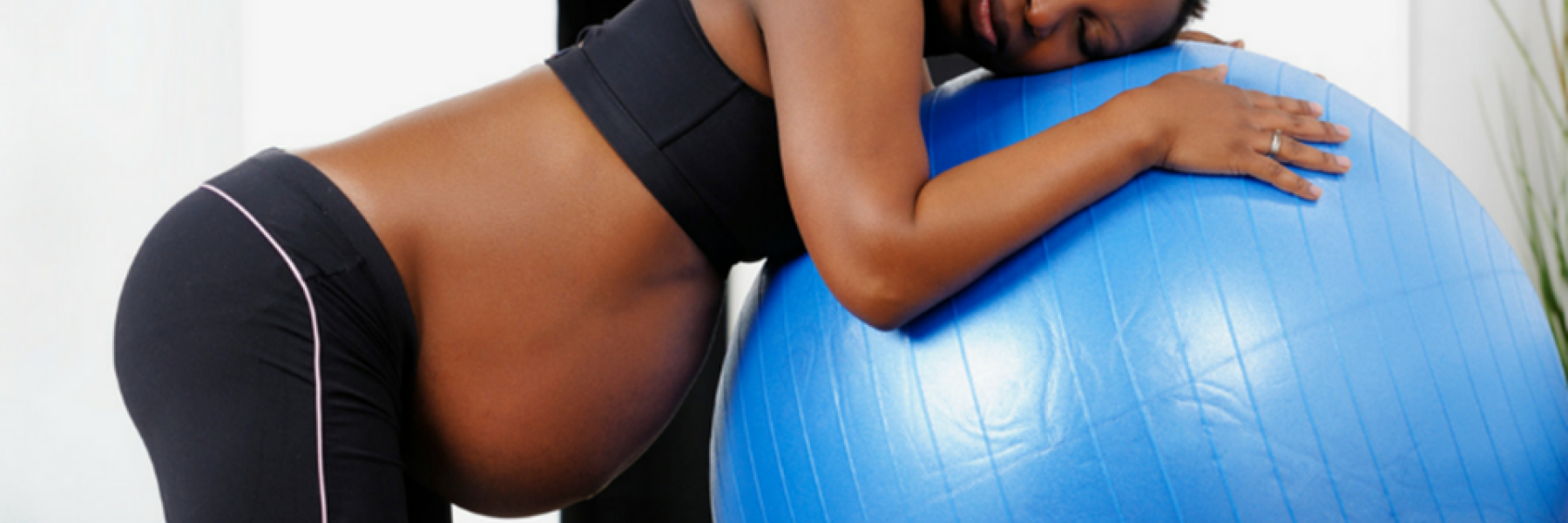
Active Birth and Vaginal Birth
A vaginal birth is usually the safest option for you and your baby if there is no serious issue in pregnancy and labour. It allows a faster recovery and a better chance of initiating breastfeeding after birth. You can increase your chances of having a vaginal birth by:
- having a healthy pregnancy
- a calm and relaxing birth environment
- continuous support from your loved ones in labour
- staying active in upright positions in labour.
Stages of Labour:
There are three stages of labour for vaginal birth. Your midwife will guide and support you and your family in Birth Unit.
First stage: Some early signs of labour may include:
- Mucus show
- Waters breaking
- Contractions starting
- Contact the Birth Unit at any time if you have questions or concerns.
- You will experience a build-up of contractions. Your cervix will open to 10cm and become as thin as a piece of paper.
Second stage: You will push when you have the urge and with contractions until baby is born. Baby will be placed on your chest after birth and you or your support person will have the opportunity to cut the umbilical cord if you want to.
Third stage: Third stage happens from the birth of your baby to the birth of your placenta. This usually takes between 5-30 minutes with active management, or up to 1 hour with physiological management.
If you would like more information on the stages of labour click here: https://www.pregnancybirthbaby.org.au/labour-the-signs-and-stages
Active Birth:
Experience in labour and birth varies individually. Although it is unpredictable, you could feel more comfortable, relaxed and in control of your labour by staying active. Adopting different positions can open your pelvis and help your baby come out. Gravity is your best friend in labour when you are in upright positions. It helps your baby move through the pelvis and birth canal, relieves the pressure and pain from your lower back and allows better blood flow and more oxygen for your baby.
Active birth positions
- walking
- bent over while rocking and swaying
- standing
- lunging
- squatting
- all-fours/kneeling
- side-lying.
Your midwife in Birth Unit will help you find the positions that suit you the best. Your support people can help you with balance, massage, and guide your breathing.
How to use the equipment in the Birth Unit:
- Electric maternity bed is adjustable for different positions in labour. You may lean forward over the bed or sit and rock on the edge of the bed.
- Birth ball allows you to adopt all-fours positions which relieve lower back pain and assist with baby’s rotation. You can also sit on a birth ball and create some pelvis movements by rocking forward and back, side to side or even making gentle circles during a contraction. When you need a break, simply keep pelvis open in a side-lying position with a pillow or a peanut ball in between the legs.
- Birth stool opens the pelvis and allows more room for baby to move through.
- Chair: You can lunge with one foot up on a chair or sit backwards, with arms resting on its back.
Reducing perineal tears at birth:
The perineum is the area between the vagina and the anus. It stretches to make more space for your baby during vaginal birth. Perineal tears happens when the stretch leads to a laceration of the skin, muscles and/or other soft tissues around the perineum. There are four grades of perineal tears based on the severity and which tissue is affected. The following methods help reduce perineal tears during pregnancy and labour:
- regular pelvic floor exercise three times daily throughout pregnancy
- perineal massage > 35 weeks of pregnancy, 1-2 times weekly, talk to your antenatal care provider about contraindications
- perineal stretching device > 37weeks daily
- perineal massage in labour
- pushing technique for a slow and controlled birth
- perineal guarding
- perineal warm packs
Talk to your antenatal care provider about reducing your risk. If a perineal tear is identified after birth, your doctor or midwife in Birth Unit will discuss the best mode of repair.
For more information on perineal tears: https://www.rcog.org.uk/for-the-public/perineal-tears-and-episiotomies-in-childbirth/reducing-your-risk-of-perineal-tears/
References:
-
NSW Health. (2016). Having a Baby. https://www.health.nsw.gov.au/kidsfamilies/MCFhealth/Publications/having-a-baby.pdf
-
Pregnancybirth&baby. (2022). Positions for labour and birth. https://www.pregnancybirthbaby.org.au/positions-for-labour-and-birth
-
Pregnancybirth&baby. (2023). Perineal tears. https://www.pregnancybirthbaby.org.au/perineal-tears
-
Raising Children Network. (2024). Vaginal birth: a guide. https://raisingchildren.net.au/pregnancy/labour-birth/vaginal-caesarean-birth/vaginal-birth
-
Spinning Babies. (2024). What is a Birth Ball? https://www.spinningbabies.com/pregnancy-birth/techniques/birth-balls/
-
WSLHD. (2016). Fact Sheet Active Birth. https://www.wslhd.health.nsw.gov.au/ArticleDocuments/1369/WSP-433%20Active%20birth%20V2%20.pdf.aspx#:~:text=Active%20birth%20is%20when%20you,improve%20your%20progress%20in%20labour.&text=Most%20of%20the%20time%20you,being%20medically%20induced%20in%20hospital
-
SWSLHD. (2018). Procedure: Maternity – Perineal Care. https://swslhd-intranet.sswahs.nsw.gov.au/Policies/PPG/GenerateWaterMark?param=SWSLHD,SWSLHD_PROC2018_010
-
WSLHD. (2024). Fact Sheet Perineal Massage. https://www.wslhd.health.nsw.gov.au/ArticleDocuments/1021/Perineal%20Massage%20Fact%20Sheet%20-%20190624.pdf.aspx
Related Topics

Labour and the experience of pain during labour are different for each person.

A caesarean section is a surgical operation in which your baby is born through a cut in your abdomen and uterus.

A caesarean section is needed in about 10 to 15% of births to save lives.

